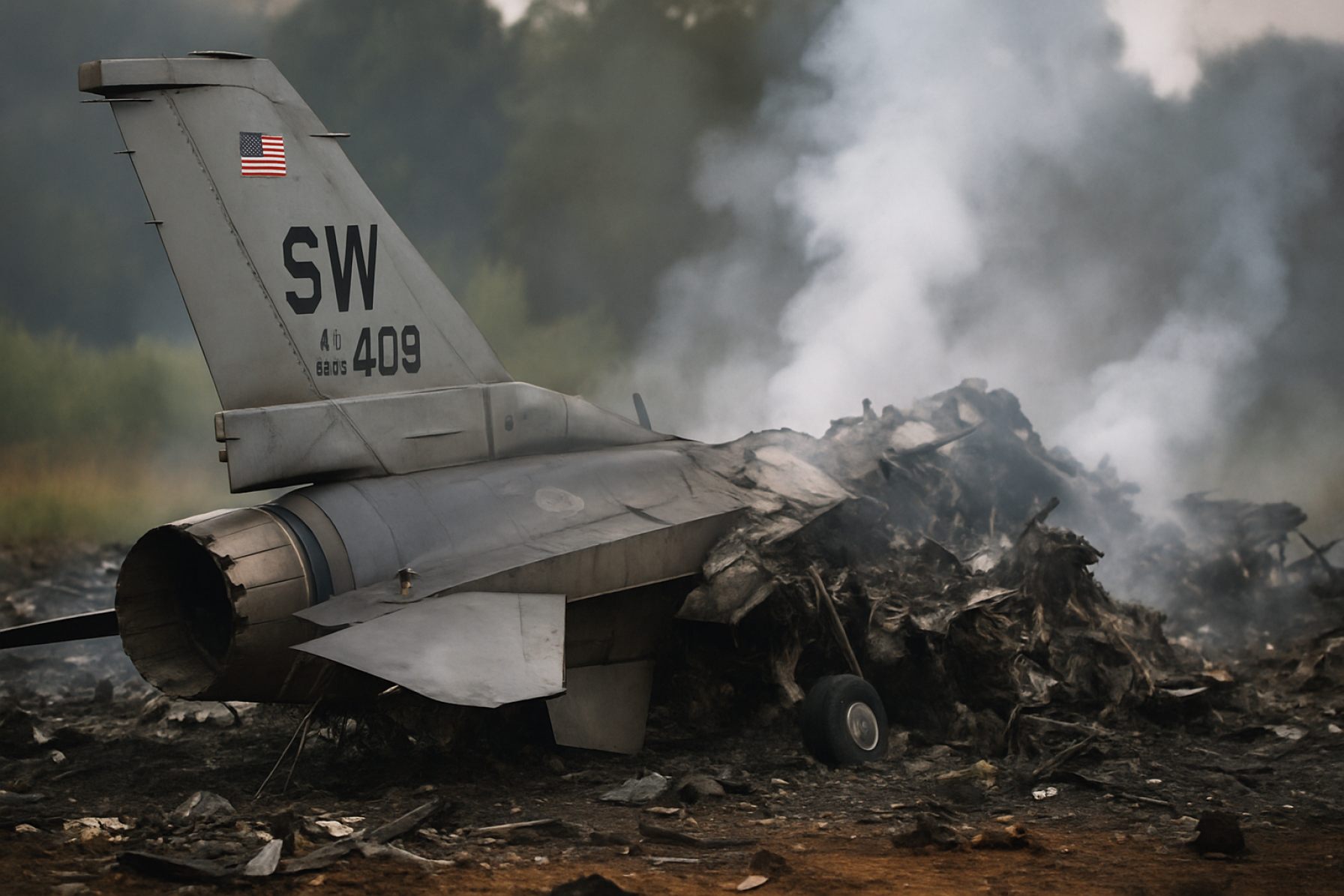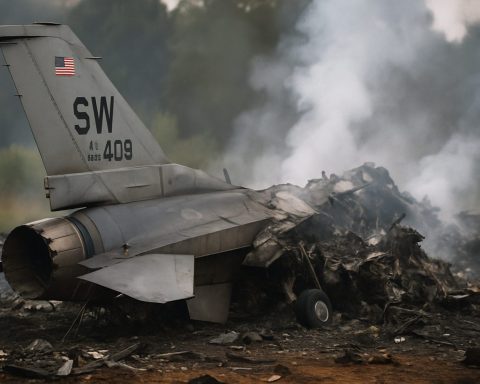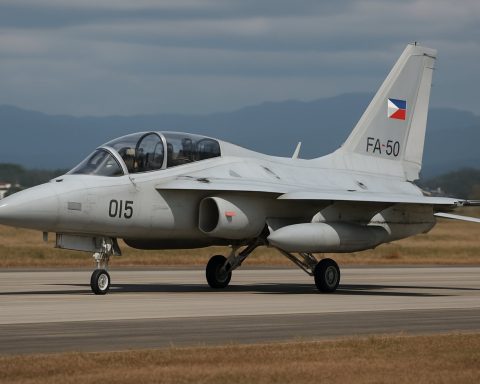Stunning Court Ruling: Lockheed Martin Held Liable for Deadly F-16 Crash in NATO Exercise—New Details Shake Aerospace Industry
A Greek court has ordered Lockheed Martin to pay damages after a fatal F-16 crash exposed a critical design flaw. Here’s what you need to know.
- 11 Dead: 2 Greek pilots and 9 French service members lost their lives
- 33 Injured: Survivors included 21 French and 12 Italian personnel
- 10-Year Legal Battle: The case spanned nearly a decade before the 2025 ruling
- Multi-million Dollar Payout: Lockheed Martin ordered to compensate victims’ families
A harrowing NATO air combat exercise in January 2015 turned disastrous when a Greek F-16 plummeted just seconds after takeoff from Los Llanos Air Base in Spain. The catastrophe claimed 11 lives, left 33 injured, and shook the aviation world.
Now, in a landmark 2025 decision, a Greek court has finally held U.S. aerospace giant Lockheed Martin accountable—spotlighting profound questions about military hardware safety and design flaws that impact international defense operations.
What Went Wrong During the 2015 NATO Exercise?
The ill-fated F-16, piloted by 35-year-old Captain Panagiotis Laskaris and 31-year-old co-pilot Athanasios Zagas, was tasked with protecting allied aircraft. Just 7.8 seconds after lift-off, the jet abruptly rolled, crashed near Shelter D-4, and exploded.
A deep investigation revealed a chilling root cause: a poorly placed trim control switch on the F-16’s cockpit panel, likely moved by accident 20 minutes before takeoff. This tiny, overlooked detail had fatal consequences, violently destabilizing the jet and making recovery impossible.
The crew’s professionalism, health, and flying skills were beyond reproach. Shockingly, similar accidents had been documented for decades, yet no upgrades were made to the F-16’s warning systems—unlike other fighters such as the F-15, F-18, and Mirage 2000, which had trim misconfiguration alerts.
How Did a Design Flaw Go Unfixed for Decades?
Court documents and NATO safety reports revealed this dangerous design had been an open secret among F-16 operators worldwide. At a U.S. Air Force safety meeting, most international pilots raised their hands when asked if they had experienced accidental trim adjustment issues.
Even so, Lockheed Martin insisted the F-16 was structurally sound and the cockpit switch adequately protected. The company argued the pilots bore the majority of the blame—even as multiple incidents piled up, including U.S. and Turkish F-16 mishaps caused by similar errors.
Why Did the Court Rule Against Lockheed Martin in 2025?
After years of legal wrangling and jurisdictional challenges, Greece’s Three-Judge Athens Court of Appeals ruled Lockheed Martin failed to implement critical safety precautions. The court slammed the manufacturer for not installing mandatory warning systems, and for not updating the cockpit design as other jets did.
Legal experts see the 2025 verdict as a turning point for defense accountability, sending a clear message: manufacturers can’t ignore known risks—especially when lives and international security are at stake.
How Can Aviation Accidents Like This Be Prevented?
Investigators and flight safety boards across NATO have since renewed calls for:
– Enhanced cockpit design, placing crucial switches in sight and away from high-contact areas
– Mandatory warning and lockout systems for critical flight settings
– Revisiting and updating pre-takeoff check procedures
– Encouraging reporting and transparent analysis of “near-miss” incidents
With military aviation pushing technological boundaries, these steps are more relevant than ever. For updates, see NATO’s official website and tap into global standards at ICAO.
What Does This Mean for the Future of Military Flight Safety?
As technology advances and battlefronts evolve in 2025, this case underscores an undeniable truth: small design oversights can have catastrophic results. The world’s air forces and defense contractors must learn from tragedy, not repeat it.
Stay informed. Demand transparency in aviation safety—and keep this checklist handy:
- ✔️ Always review critical flight safety updates and advisories
- ✔️ Know the history of your aircraft’s design and maintenance
- ✔️ Advocate for improved warning systems in all military jets
- ✔️ Support investigations into past incidents to fuel safer skies for the future








